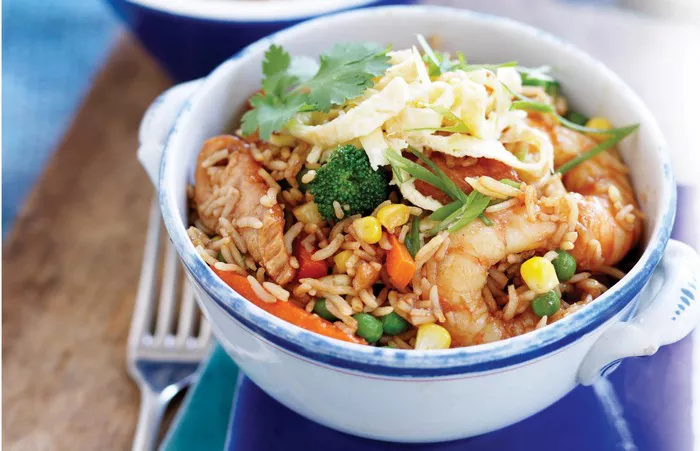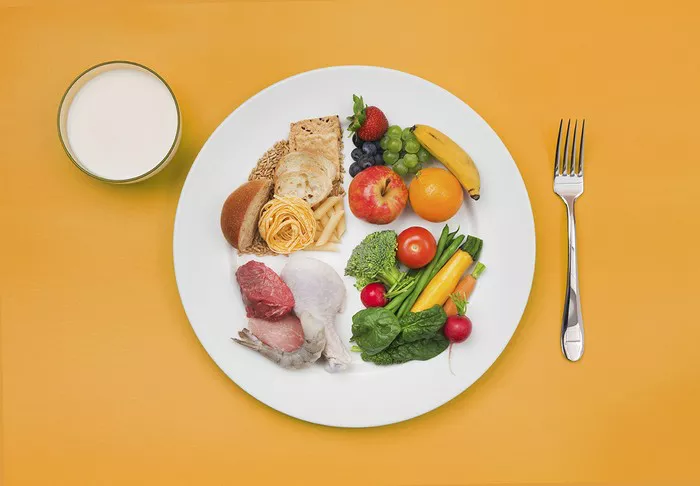In the wake of India’s decision to impose partial restrictions on rice exports, countries worldwide are grappling to secure sufficient rice supplies, given that this move has curtailed global provisions by nearly a fifth.
Francis Ndege, a rice vendor in Africa’s largest slum, is facing uncertainties about the affordability of rice for his customers. The escalating prices of locally grown rice in Kenya have been attributed to elevated fertilizer costs and a prolonged drought in the Horn of Africa, resulting in reduced production. To bridge the gap, inexpensive rice imports from India have historically played a pivotal role in sustaining the livelihoods of many Kibera slum residents in Nairobi, who subsist on less than $2 per day.
However, this scenario is undergoing transformation. Since June, the cost of a 25-kilogram (55-pound) sack of rice has surged by 20 percent. Wholesale suppliers have yet to receive fresh stocks due to India’s recent declaration that it would enforce a ban on certain rice shipments. This decision, motivated by India’s aim to manage domestic prices in the lead-up to a significant election year, has consequently resulted in a glaring deficit of approximately 9.5 million metric tons (10.4 tons) of rice – a staggering fifth of global exports.
While this export restriction seeks to stabilize the domestic market, its repercussions are rippling across the globe. The impact is compounded by multiple factors such as Russia’s suspension of a wheat-export agreement with Ukraine and the disruptive weather phenomenon El Niño, which has adversely affected rice cultivation. With rice prices soaring, Vietnam, a major rice exporter, has experienced a 15-year peak in its rice export prices, further exacerbating the predicament. This inflationary trend is placing the most vulnerable populations in some of the world’s least affluent nations at heightened risk.
Beau Damen, a natural resources officer affiliated with the U.N. Food and Agriculture Organization in Bangkok, aptly describes the present situation as an “inflection point.” Even before India’s trade constraints took effect, nations had already been racing to procure rice in anticipation of scarcity due to the looming El Niño, thereby causing supply shortages and surging prices.
The concern deepens with the potential for India’s curtailment of non-basmati rice exports to set off a cascading impact, compelling other countries to follow suit. Already, the United Arab Emirates has suspended rice exports to preserve its domestic stockpile. Additionally, the specter of extreme weather events damaging rice crops in various countries looms large, further destabilizing the global rice supply chain. As the world stands at this pivotal juncture, securing food security and stabilizing essential commodities has become an urgent and pressing challenge.

























